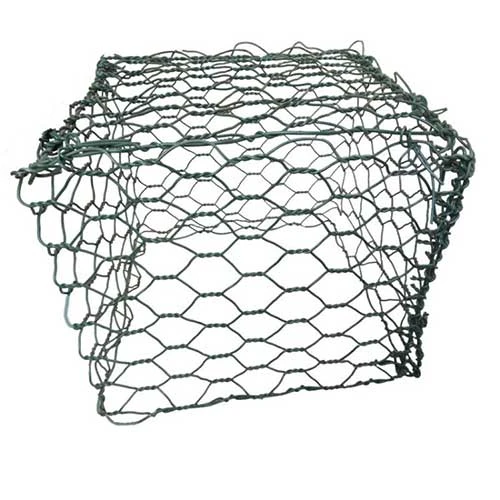-
 Phone:
Phone: -
 Email:
Email:

steel tie wire
The Importance of Steel Tie Wire in Construction and Manufacturing
Steel tie wire is a fundamental component in various construction and manufacturing processes. Its versatility, strength, and durability make it an essential material for a wide range of applications. This article explores the significance of steel tie wire, its various uses, and the advantages it offers in both construction and industrial settings.
What is Steel Tie Wire?
Steel tie wire is a pliable wire made from high-quality steel, designed for binding and securing materials together. It typically comes in coils or spools, making it easy to handle and apply. The wire is available in various gauges and strengths, depending on the specific needs of the project at hand.
Applications in Construction
In construction, steel tie wire serves multiple purposes. One of its primary uses is in reinforcing concrete structures. When concrete is poured, it’s often combined with steel rebar to enhance its tensile strength. Steel tie wire is used to securely fasten the rebar together, ensuring that the structure maintains its integrity under load. This combination of materials increases the resilience of buildings and infrastructures, making them capable of withstanding various stresses, including seismic activities.
Apart from reinforcing concrete, tie wire is also utilized in scaffolding where it helps secure components together, providing stability and safety for workers. Additionally, steel tie wire is invaluable in the creation of wire mesh, which is used to reinforce walls, ceilings, and floors, enabling the construction of durable buildings that can last for decades.
Industrial Uses
steel tie wire

Beyond construction, steel tie wire has significant industrial applications
. It is widely used in manufacturing environments where products need to be bundled or secured during transit. For instance, the automotive industry often utilizes steel tie wire for packaging parts and components, ensuring that items remain intact and undamaged while being transported.Moreover, steel tie wire is prevalent in agriculture as well. Farmers use it to bind various materials, such as fencing and bales of hay. Its strength and resistance to weather elements make it suitable for outdoor use, ensuring that agricultural structures remain secure.
Advantages of Steel Tie Wire
The benefits of using steel tie wire in various applications are numerous. Firstly, its tensile strength provides excellent holding power, which is crucial in both construction and manufacturing scenarios. The wire can bear significant loads, making it reliable for securing heavy materials without the risk of failure.
Secondly, steel tie wire is resistant to rust and corrosion, especially when coated with appropriate finishes. This characteristic is particularly important in construction and outdoor applications, where exposure to moisture and weather can compromise structural integrity.
Finally, steel tie wire is easy to work with. It is flexible enough to be manipulated by hand, yet it hardens sufficiently to hold its shape under stress. This combination of flexibility and rigidity allows contractors and workers to adapt the wire to their specific needs quickly.
Conclusion
In summary, steel tie wire may seem like a simple material, but its role in construction and manufacturing is paramount. From reinforcing concrete structures to securing industrial products, the advantages of steel tie wire—strength, durability, resistance to environmental damage, and ease of use—underscore its significance. As industries continue to evolve and demand higher-quality materials, the importance of steel tie wire will undoubtedly remain a key factor in ensuring safety, efficiency, and durability in various applications.
-
Wire Mesh for Every Need: A Practical SolutionNewsJul.25,2025
-
Steel Fences: Durable, Secure, and Stylish OptionsNewsJul.25,2025
-
Roll Top Fencing: A Smart Solution for Safety and SecurityNewsJul.25,2025
-
Cattle Farm Fencing Solutions for Maximum SecurityNewsJul.25,2025
-
Affordable Iron Binding Wire SolutionsNewsJul.25,2025
-
Affordable Galvanized Wire SolutionsNewsJul.25,2025
-
Wire Hanger Recycling IdeasNewsJul.25,2025








